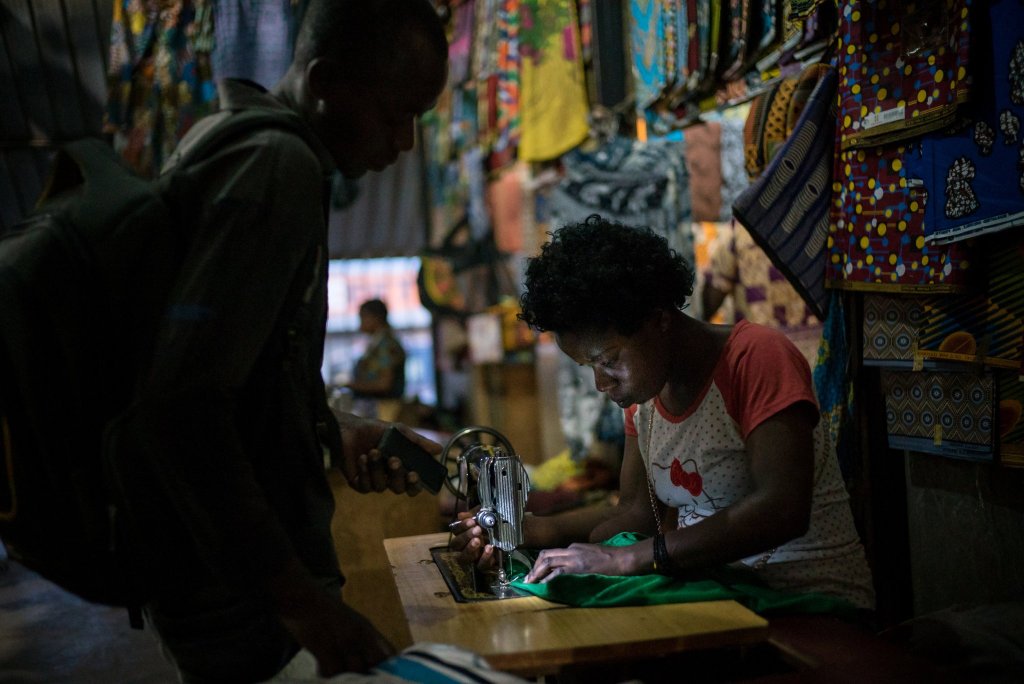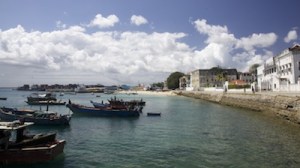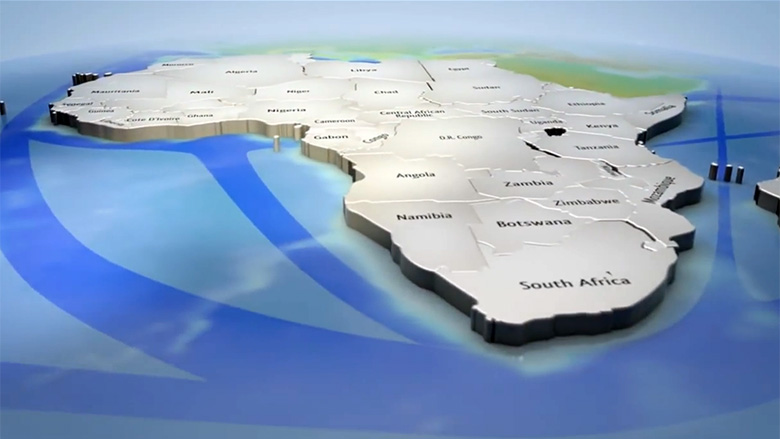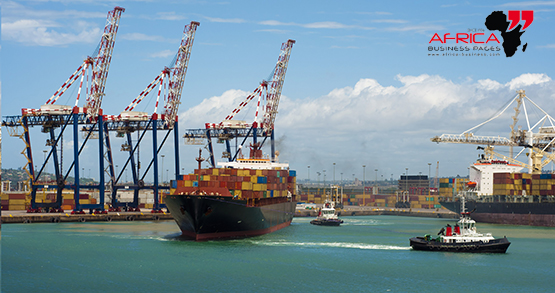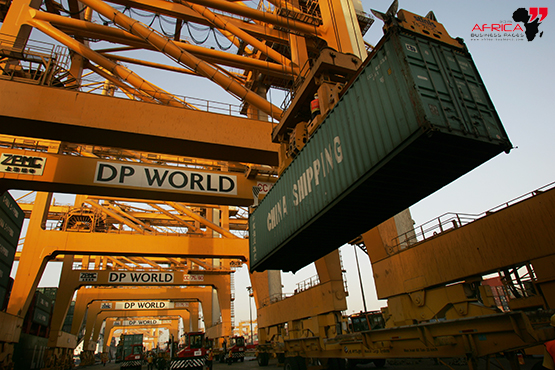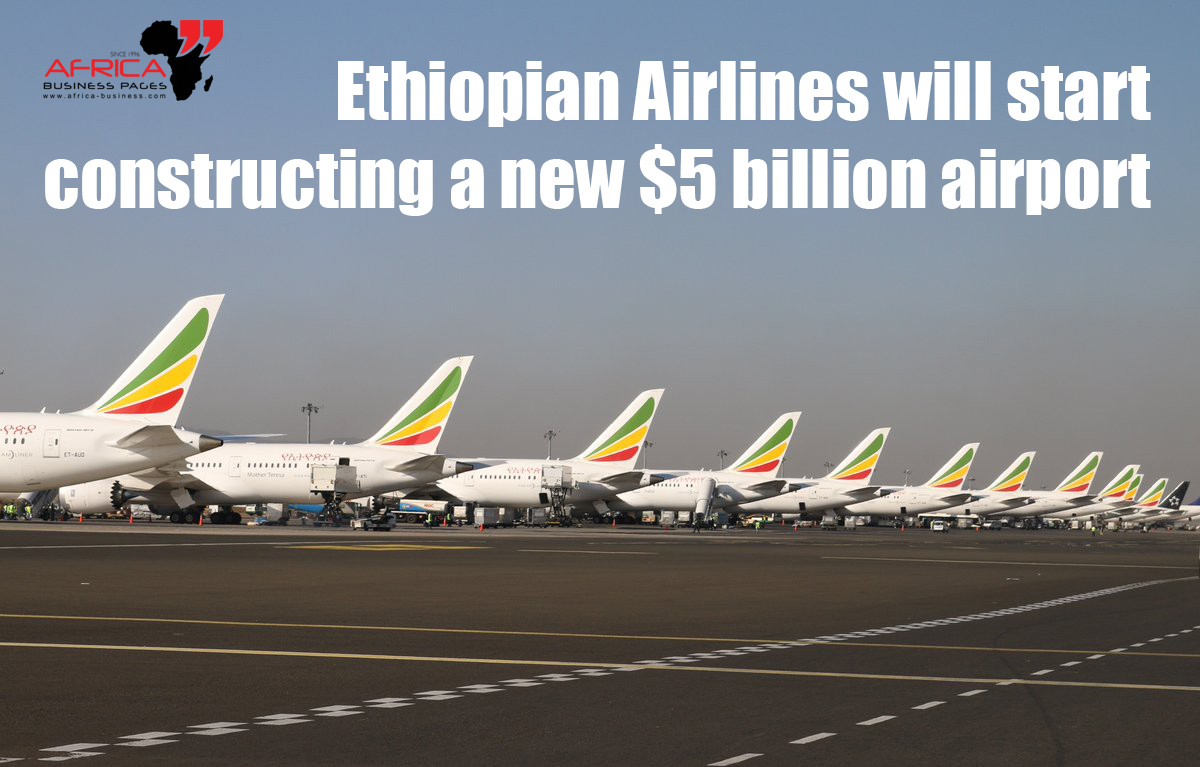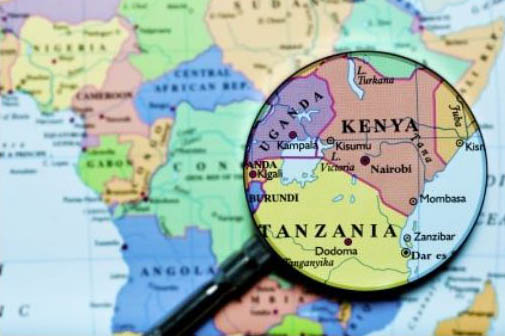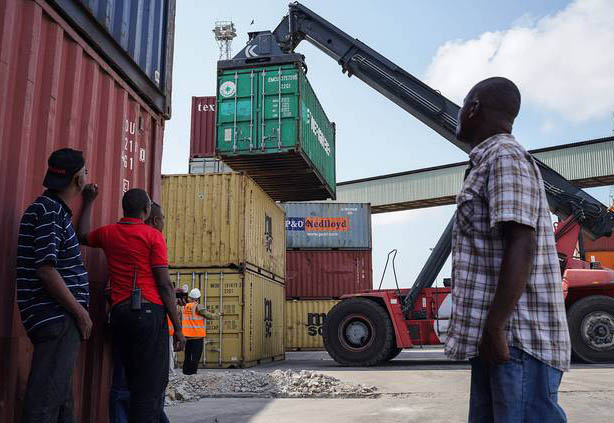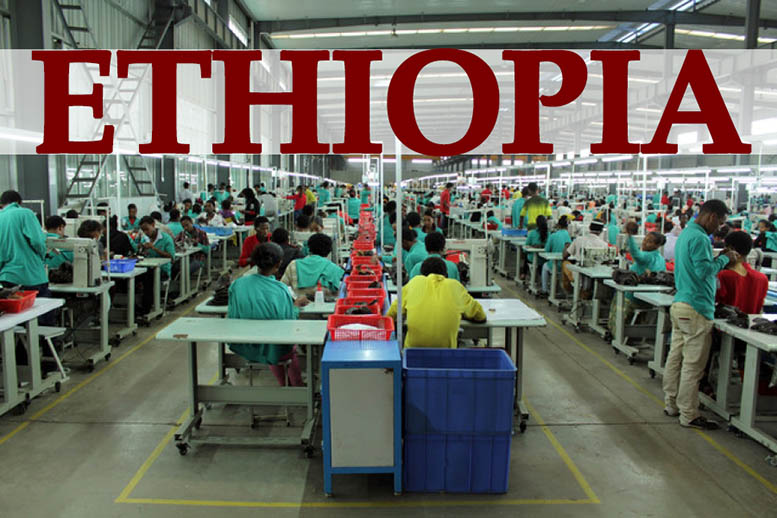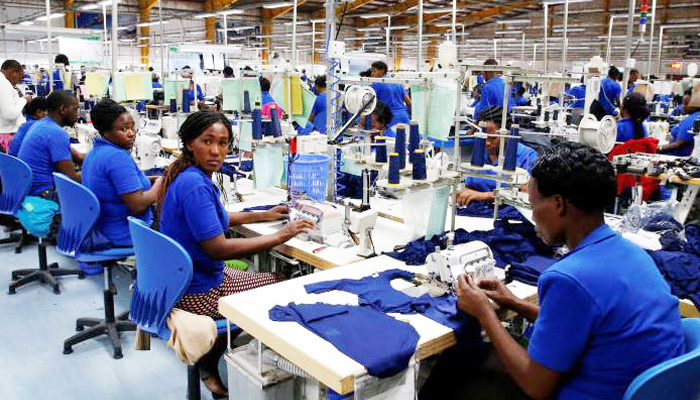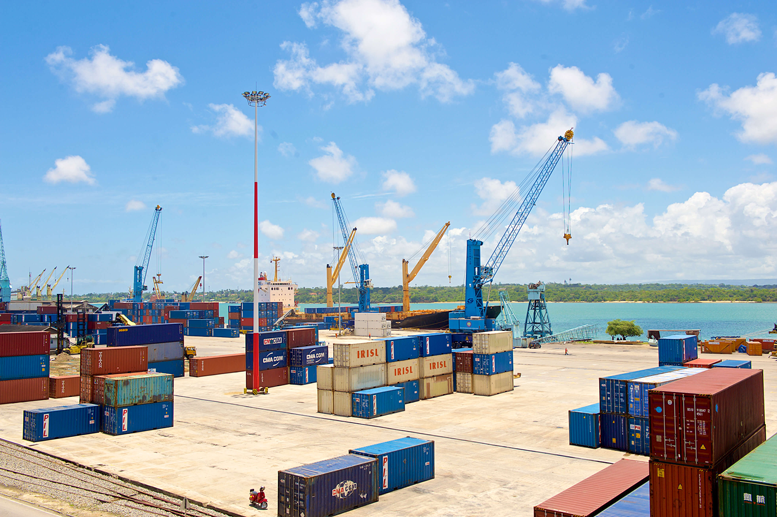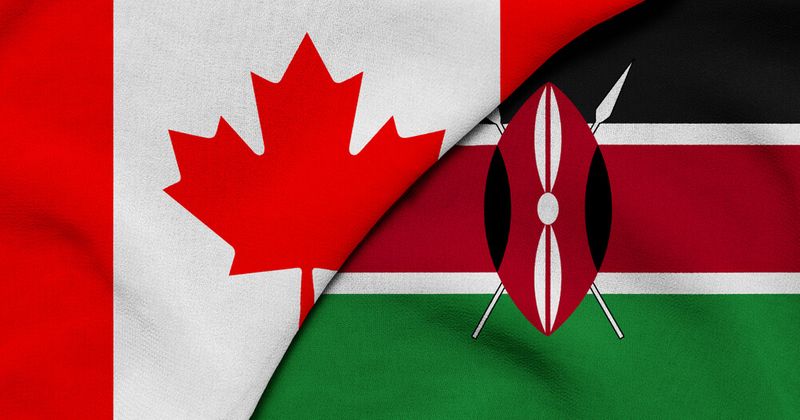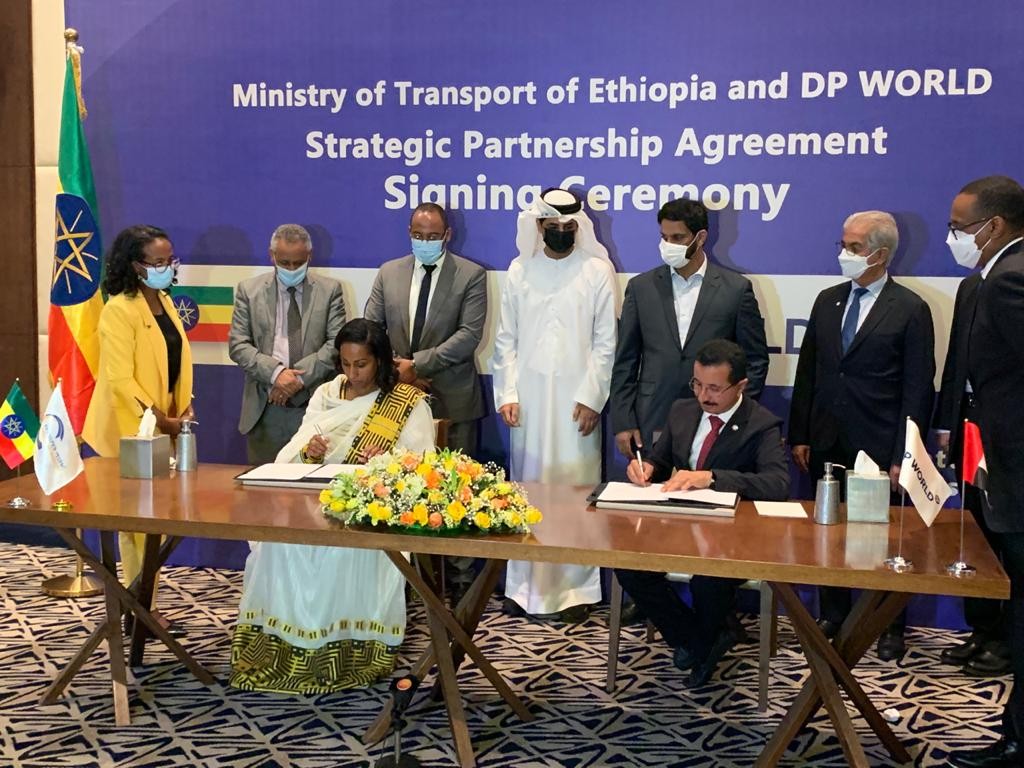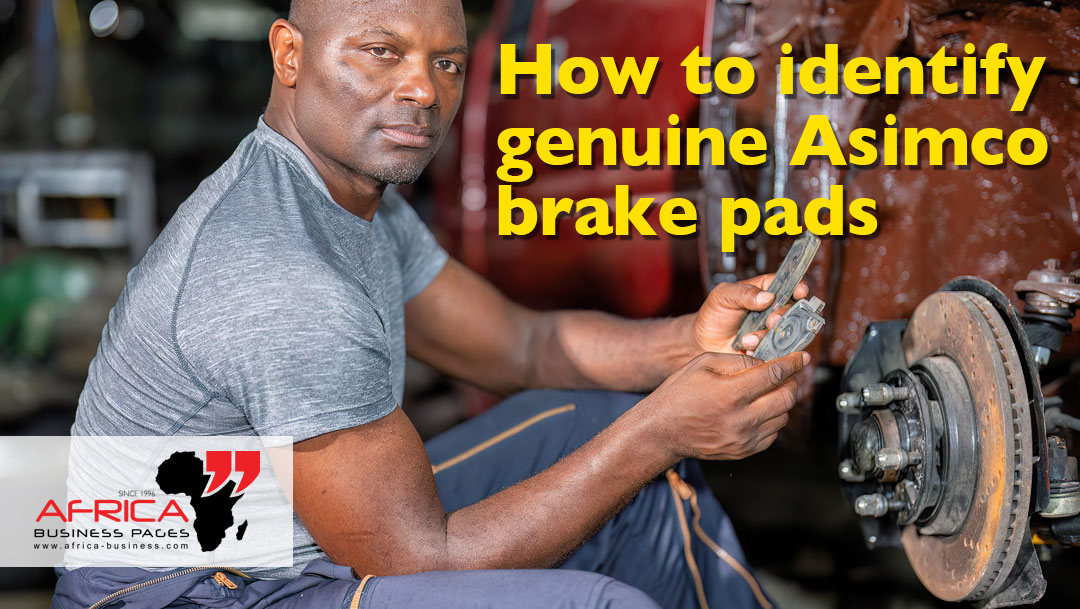China Builds Modern Infrastructure to Build New Trade Routes Across East Africa
In 1896, the British colonial government began construction of a narrow-gauge railway line from the Kenyan port city of Mombasa to Nairobi. Today, the railway builders are back. This time, it is China’s economic integration strategy in East Africa that is behind the construction of a new rapid rail link between Mombasa and Nairobi. The new line, due to reach the Kenyan capital by 2018, will eventually extend to Uganda, Rwanda, Burundi and South Sudan. This is where China’s Maritime Silk Road ends and where its trade connectivity with the East African region begins.
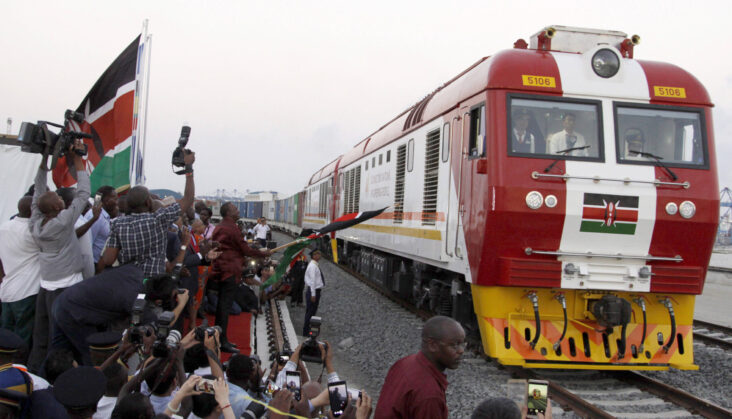
Africa in Focus
The Maritime Silk Road, part of the Chinese government’s Belt and Road Initiative, will change the way China engages with its trading partners in East Africa – particularly Kenya and Tanzania and, to a lesser extent, Uganda and the Horn of Africa. Africa is a growing consumer market for Chinese products and, at the same time, a prime source of essential mineral commodities.
Developing closer trade ties with Africa, via the Belt and Road, underpinned by investment in new regional infrastructure, is clearly a priority for China. It forms a key part of its broader international drive to restore momentum to its slowing economic cycle, primarily by gaining greater efficiency from its trade links.
Several current Chinese infrastructure projects are focused on East Africa. There are also clear indications that China is prioritising infrastructure investments in the region, providing it with more efficient trade links and allowing it to take advantage of Africa’s improving economic conditions.
Apart from the East Africa Railway, China is also financing several essential port developments, including a US$10 billion deep-water harbour in Bagamoyo on the eastern coast of Tanzania. With many African ports already approaching capacity, China sees port upgrades across the continent as a critical strategy to cement further trade agreements and open trade lanes.
While sources of funding for specific projects are not always clear, China is financing many of these facilities through several institutions, including the Asian Infrastructure Investment Bank, the Silk Road Fund and, specific to Africa, the Forum on China-Africa Co-operation and the China-Africa Development Fund (CAD Fund).
At times, projects are funded from a combination of sources and it’s unclear to what extent any of the agreements is bilateral or continental in nature.

Some analysts and scholars believe, however, that there is a direct connection between China’s maritime trade strategy and its military plans for the region. It has been widely reported, for example, that China is considering setting up a naval base in Djibouti – already home to the only United States naval base in Africa. It is also believed to have plans for Walvis Bay in Namibia.
“Understandably, as Chinese economic engagement expands in Africa, it will inevitably intersect with security issues,” said Yu-Shan Wu, a researcher with the South African Institute of International Affairs. “The question is whether China’s presence could create areas for cooperation on peace and security issues in Africa, or whether it will be perceived as competition. At present, it is too soon to tell.”
As its economy slows, China may also be looking to Africa as a cheaper manufacturing base for its more labour-intensive industries. In 2012, the Chinese-owned Huajian Shoes opened a factory in Ethiopia, which is keen to boost its level of industrialisation and attract foreign investment in manufacturing.
The project is now often cited as a case study of China’s interest in offshoring elements of its production to Africa. In recent years, there has been a notable increase in the number of funding sources for Chinese businesses looking to expand abroad. In Huajian’s case, it was the CAD Fund that backed its Ethiopian venture.
Regional Integration
The successful implementation of Chinese offshore manufacturing projects would greatly depend on the development path adopted by the African countries concerned. It would be influenced, for example, by whether individual nations were looking to move away from a resource-intensive growth model to a manufacturing-based economy. Some African countries need the necessary environment and investment that China is willing to provide in order to facilitate such industrialisation.
East Africa is a key part of China’s ambitious integration strategy and its bid to engage its Belt and Road trading partners. What’s less clear, however, is the particular emphasis China will place on Africa in the long term or the degree to which its economic drive in Kenya and the region will benefit the wider continent.
“Regional integration is a priority for Africa, and China seems to be addressing those concerns,” said Yu-Shan Wu. “It is up to individual African countries, however, to determine just what they want from China’s engagement. There could, for example, be potential for collaboration between Africa’s own regional initiatives – such as the North-South Corridor, an integrated continental transport programme – and the Belt and Road Initiative.”
It could be argued that while China knows what it wants from Africa, Africa doesn’t know what it wants from China. But African officials eager to see a more economically integrated continent support closer links. “China is putting its relationships with Africa at a different level,” said Nkosazana Dlamini-Zuma, Chair of the African Union.
“African states are benefiting from their partnership with Chinese companies in a number of areas, including transport infrastructure integration, energy, broadband technology, and healthcare and disease control,” said Dlamini-Zuma.

Reflecting this ambitious cooperation is an agreement between the African Union and China to connect African capitals through a vast network of road, rail and air transport routes, which will be built by China. The deal has been hailed as the most substantive project the African Union has ever signed.
Professor Lin Jiang, Chair of the Department of Public Finance and Taxation at Hong Kong’s Lingnan University, believes both parties can benefit from China’s activities in Africa. “The African component of the Belt and Road Initiative offers a new type of opportunity,” said Professor Lin. “This is not just open to Chinese private enterprises, but also African countries that are able to collaborate when it comes to infrastructure development and manufacturing.”
Win-Win Outcome
China’s greater economic integration with Africa, though, is not without its challenges. Several countries in the region are among the world’s poorest, raising questions about whether China will see a return on its investment.
Many of these initiatives – notably the East Africa Railway, which will see high-speed freight trains replacing a 120-year-old colonial railway line and massively reducing the cost of regional transport logistics – will undoubtedly help support economic growth and trade. For China, and Africa, it could well be a strategic win-win outcome.







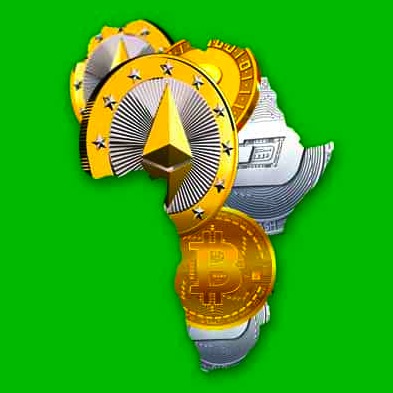
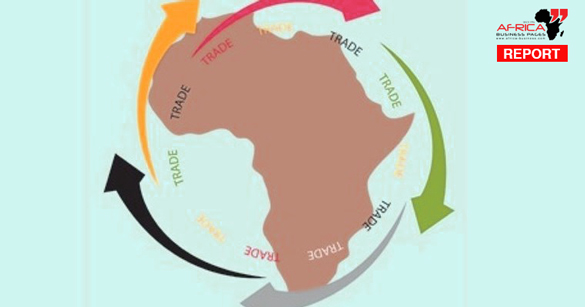




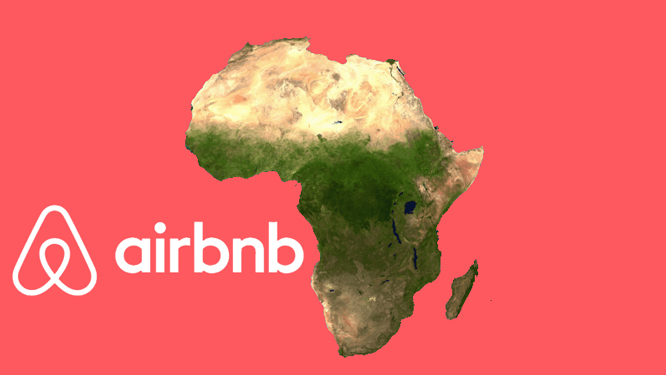

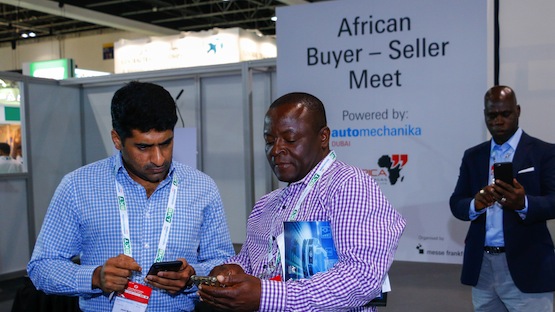
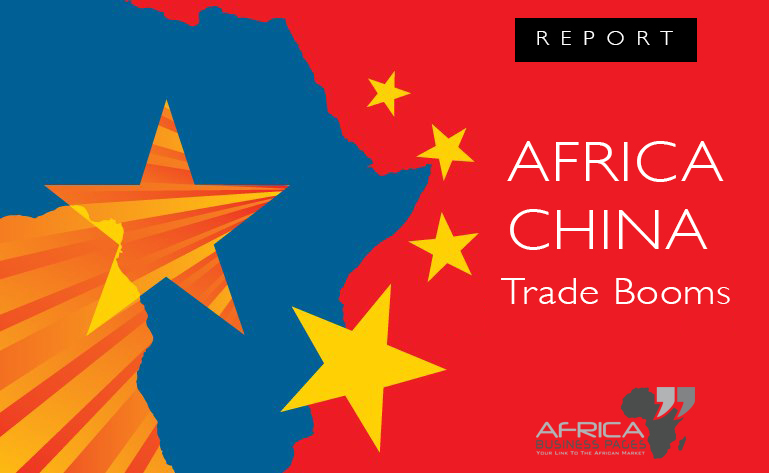

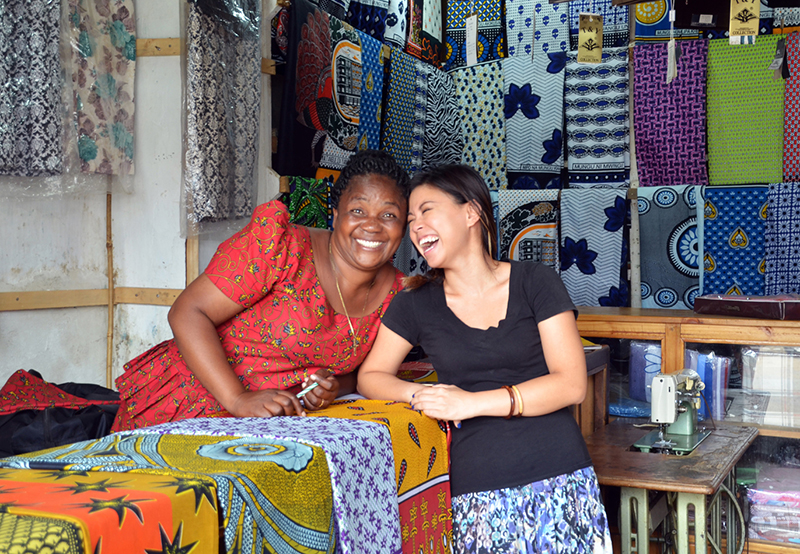






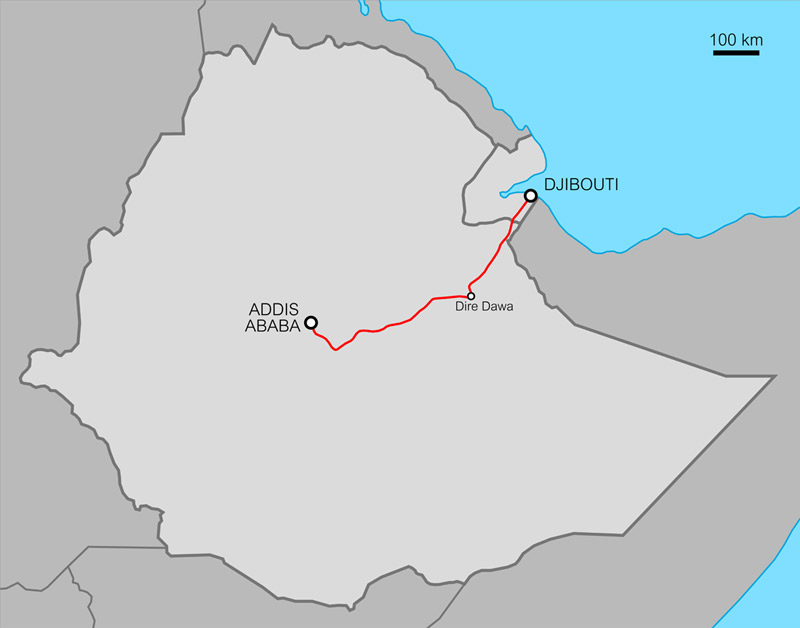
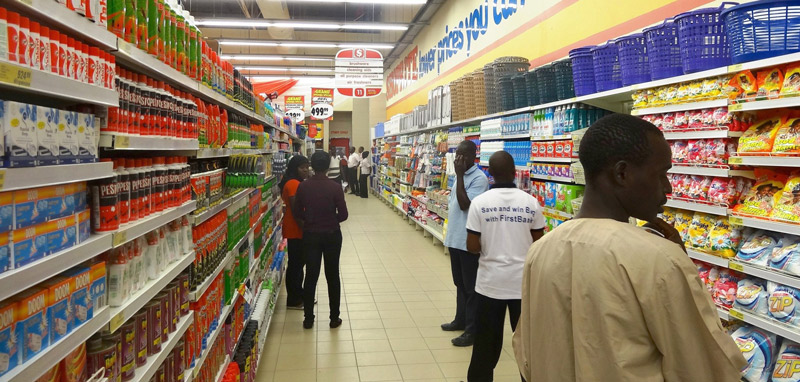

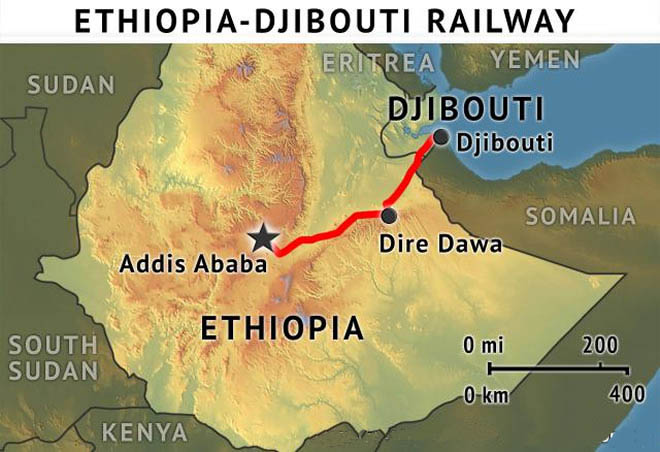
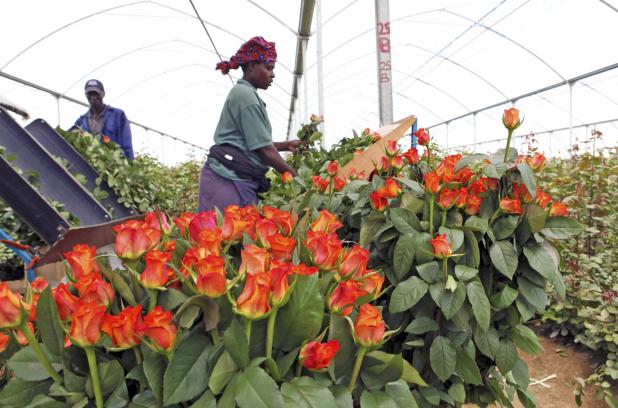
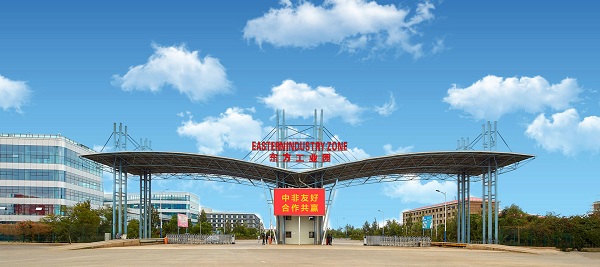
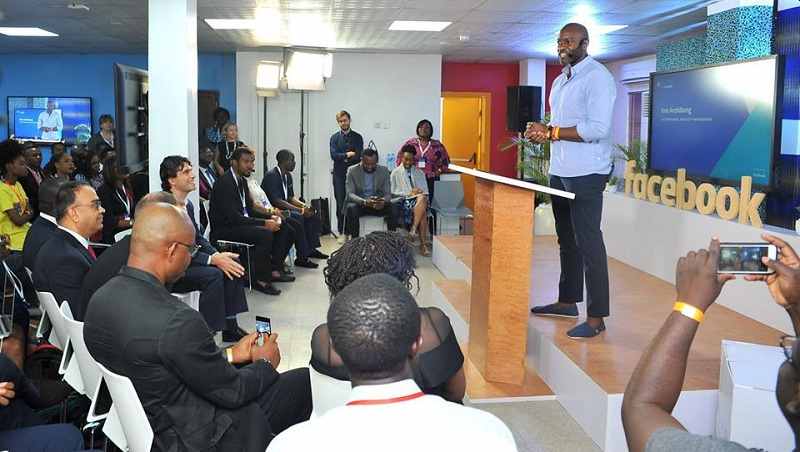

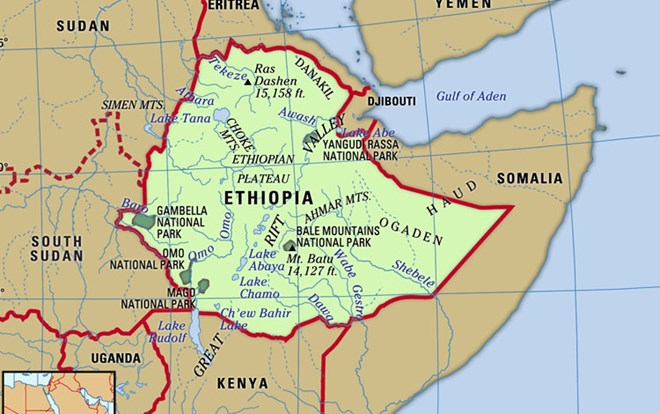
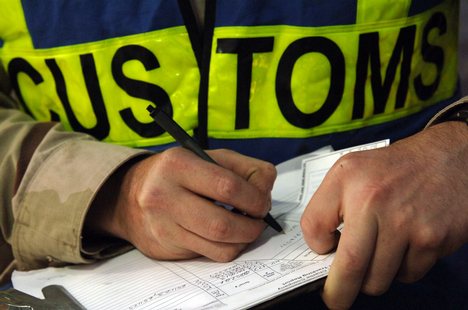




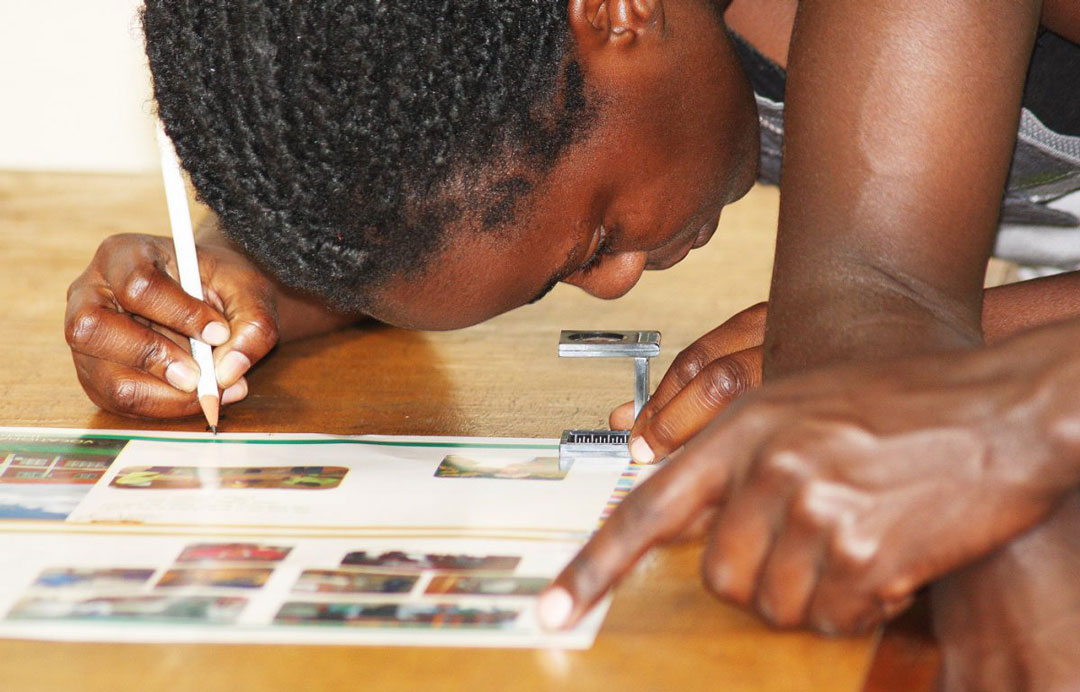



.png)
